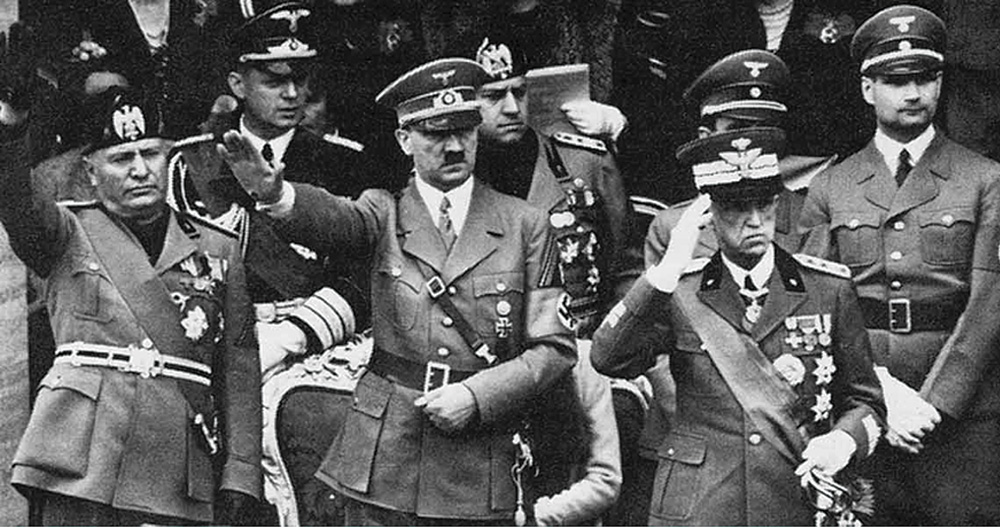Italy was the cradle of the Fascist political model, which was destined to gain popularity and spread beyond national borders after 1922. In Germany, the model was adopted, and implemented with extreme radicalism, from 1933 onwards. Although divided by conflicting interests of a geopolitical and economic nature regarding Austria in particular and the Balkan-Danubian region more generally, the Monarcho-Fascist and National-Socialist regimes could not fail to converge within a political project aimed at the destruction of the international framework and of the balance of power resulting from the Great War and the subsequent peace treaties. The Italian-German entente would start to take shape in 1934, curiously at the same time as political disagreements between the two capitals over the Austrian question and the attempted coup d’état by the local Nazis, when the first general clearing agreement was signed. This would regulate commercial and financial exchanges between the two states, based on the theory of “bilateralism” announced by the Chairman of the Reichsbank and Minister of the Economy of the Reich Hjalmar Schacht. The agreement would be consolidated the following year (1935) through a set of bilateral protocols in various fields to which Mussolini would attribute the catchy name of “Axis” (always “Rome-Berlin” in the Italian press, always Berlin-Rome in Germany, with greater respect in the latter case both of the alphabetical order, and of the real balance of power between the two powers). The “Axis”, even before resulting in the so-called “Pact of Steel” (1939), saw the development of a series of bilateral treaties on economic issues which, starting in 1937, included the sending of Italian manpower beyond the Brenner Pass. This helped respond to emerging needs in Germany’s agricultural and industrial fabric. After all, Benito Mussolini himself would later promise Adolf Hitler, in correspondence between them in May and July 1939, to “send him as many workers as possible”.
The progressive rapprochement between Monarcho-Fascist Italy and Nazi Germany
